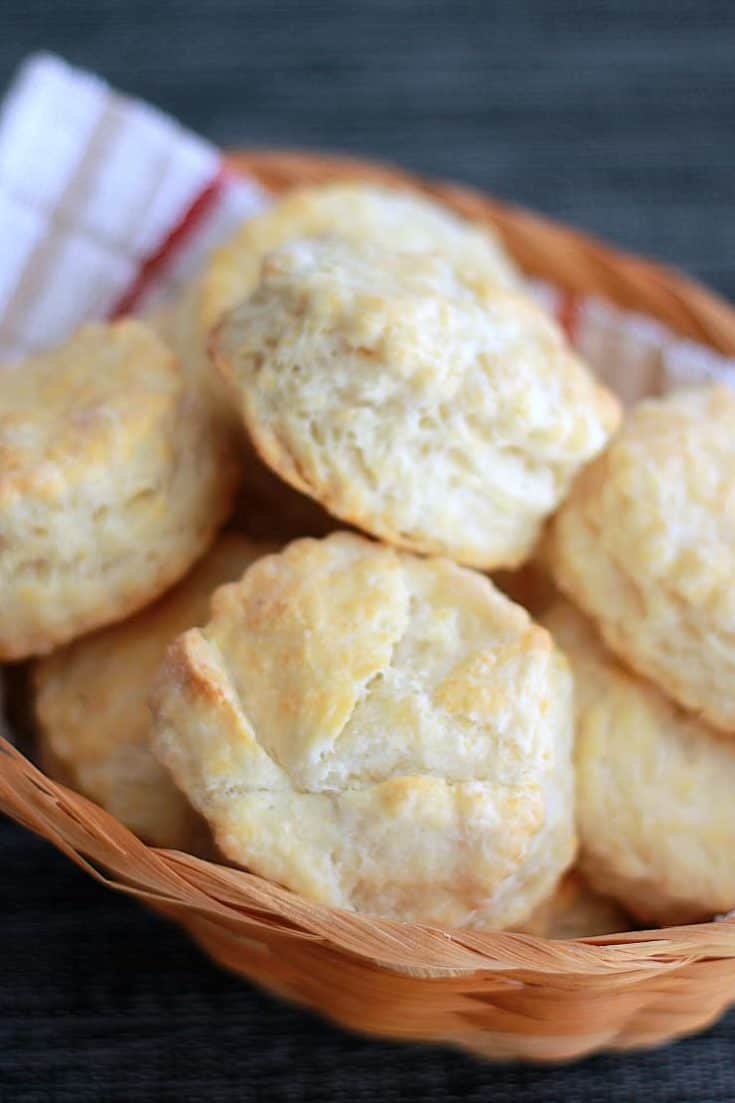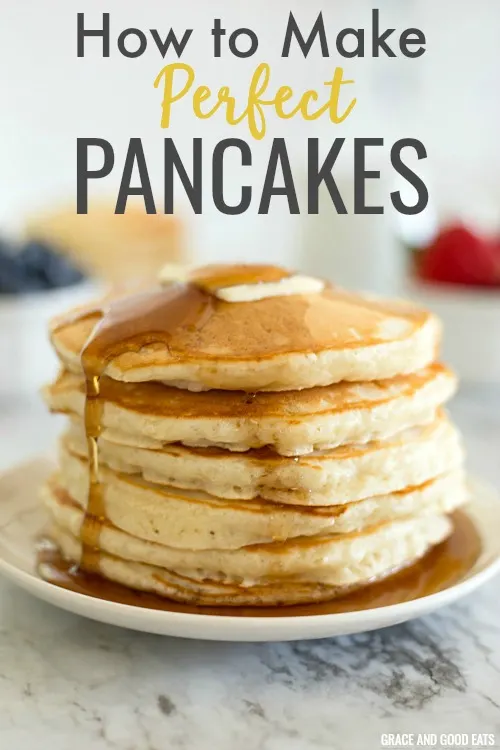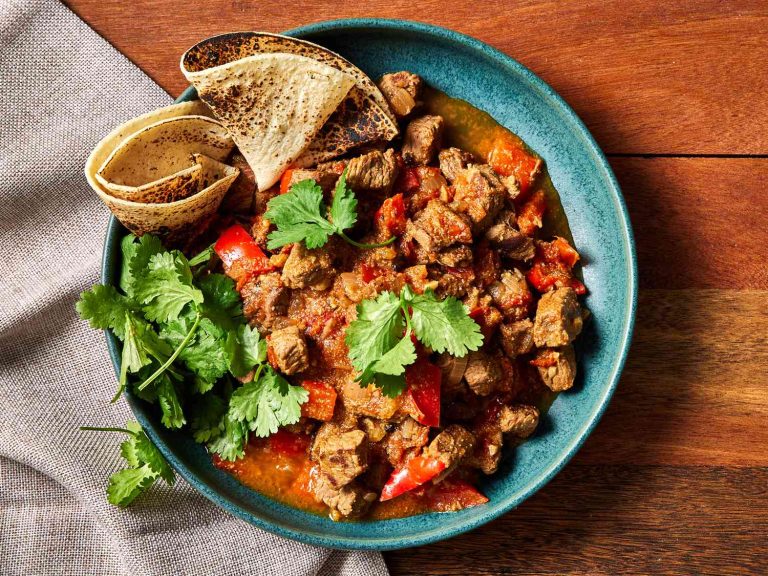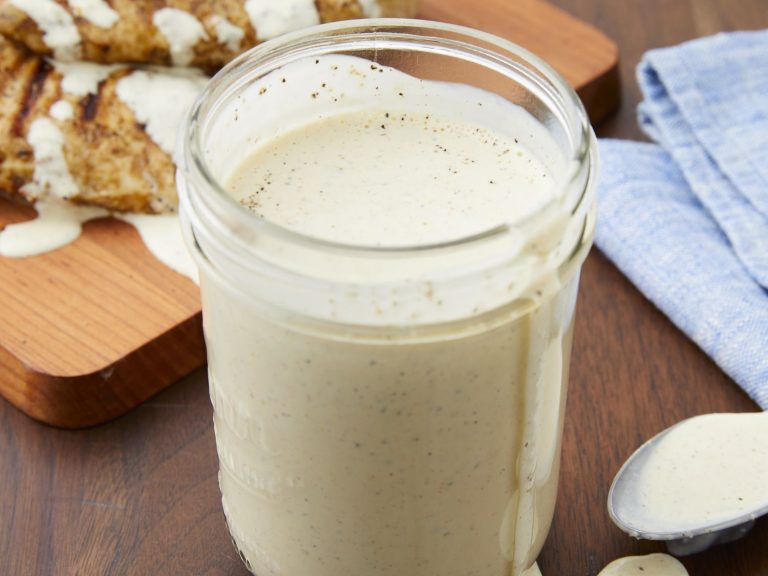Baking Powder Recipe: Fresh, Healthy, and Budget-Friendly
Baking powder is a chemical leavening agent used to increase the volume and lighten the texture of baked goods. Comprising a mixture of baking soda (sodium bicarbonate), an acid, and a moisture absorber, it releases carbon dioxide when moistened and heated. This gas forms bubbles that expand and cause the dough to rise.
The Role of Baking Powder in Baking
Baking powder plays a crucial role in providing the necessary leavening for various baked goods. Without it, cakes, muffins, and quick breads would be dense and flat. For example, when making pancakes, the baking powder helps create the fluffy texture that’s characteristic of a good pancake. The carbon dioxide gas released during the baking process creates air pockets, making the final product light and airy. By understanding its function, you can better control the texture and quality of your baking projects.
Ingredients for Homemade Baking Powder
The Basics: Cream of Tartar, Baking Soda, and Cornstarch
A simple homemade baking powder includes three basic ingredients: cream of tartar, baking soda, and cornstarch. Cream of tartar acts as an acid, helping baking powder release carbon dioxide. Baking soda serves as the base, reacting with the acid to create the necessary gas for leavening. Cornstarch acts as a stabilizer, absorbing moisture and preventing premature reactions between the acid and base. With these three components, you can create a functional baking powder that ensures leavening occurs during baking.
Optional Additives for Enhanced Performance
In addition to the basics, you may include optional additives to improve the performance of your homemade baking powder. Calcium acid phosphate can offer an alternative acidic component, providing a slower reaction suitable for various recipes. Another option is potato starch, which can replace cornstarch for those looking for a gluten-free alternative. These additives can further fine-tune the leavening action, allowing for more precise control over your baked goods’ texture and rise.
Step-by-Step Guide to Making Your Homemade Baking Powder
Mixing the Ingredients
Combine 2 tablespoons of cream of tartar with 1 tablespoon of baking soda in a small bowl. Stir thoroughly using a spoon or small whisk to ensure even distribution. Incorporate 1 tablespoon of cornstarch to stabilize the mixture if you intend to store it for future use. This measurement yields approximately 1/4 cup of baking powder, sufficient for multiple baking sessions.
Storing Your Baking Powder for Freshness
Place the homemade baking powder in an airtight container to maintain its potency. Store it in a cool, dry place, away from any moisture or heat sources. Homemade baking powder remains effective for about three months when stored properly. Label the container with the date of preparation to monitor its freshness. If you notice clumping, discard it and make a new batch to ensure the best baking results.
Testing the Effectiveness of Your Homemade Baking Powder
Simple Tests You Can Perform at Home
Ensure your homemade baking powder’s effectiveness with simple tests. Start by mixing 1/2 teaspoon of baking powder with 1/4 cup of hot water. Immediate bubbling indicates it’s active. If no reaction occurs, repeat the recipe.
Use common baking recipes to evaluate your baking powder. Bake simple cookies or pancakes with a small batch, substituting your homemade mixture. Consistent rise and texture show it works well. Adjust your ratio if unsatisfactory results appear.
Benefits of Making Your Own Baking Powder
Health and Dietary Advantages
Creating your own baking powder offers distinct health benefits. Homemade versions eliminate the use of aluminum, which some store-bought options contain. According to the National Institute of Environmental Health Sciences, excessive aluminum intake links to health concerns like neurodegenerative diseases. You’re also able to control sodium content, which helps individuals on low-sodium diets. Additionally, homemade baking powder is free from artificial additives, offering a cleaner, more natural alternative for those with sensitivities.
Cost-Effectiveness and Customization
Making baking powder at home can save money over time. A basic homemade baking powder consists of three ingredients: cream of tartar, baking soda, and cornstarch. Purchased separately in bulk, these ingredients cost less per ounce than pre-packaged baking powder. Moreover, you can customize the ratios to fit specific baking needs. For instance, you can adjust the acidity by altering the cream of tartar quantity, tailoring the baking powder’s effectiveness based on your recipe requirements.
Conclusion
By creating your own baking powder at home, you gain control over the ingredients and ensure a fresher, more effective leavening agent. This DIY approach not only enhances the quality of your baked goods but also offers health benefits and cost savings. Plus, you can tailor the recipe to fit your specific baking needs and dietary requirements. Give homemade baking powder a try and enjoy the difference it makes in your culinary creations.






